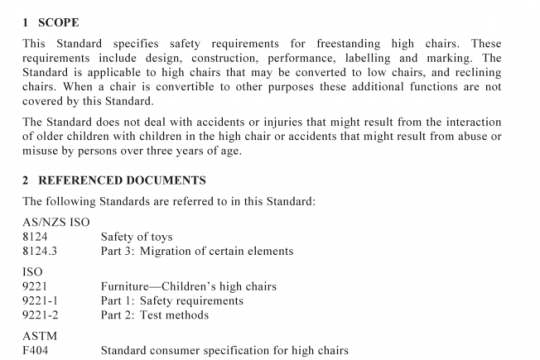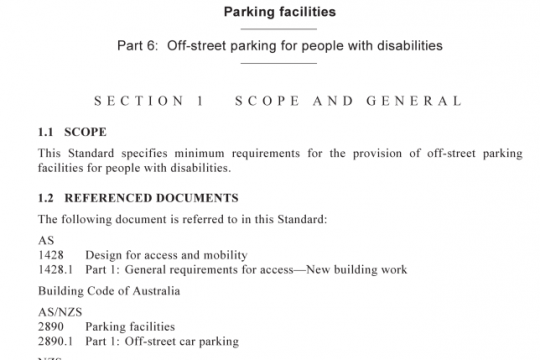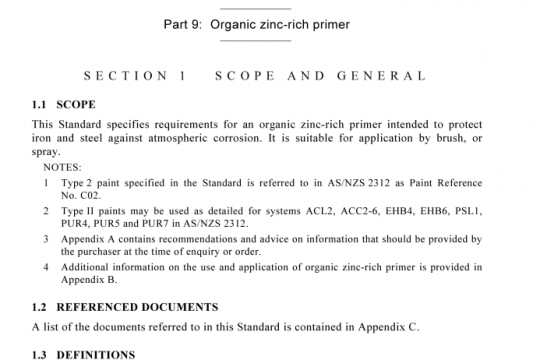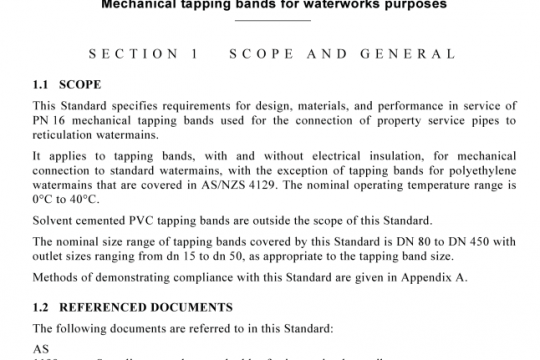AS NZS 3580.9.17:2018 pdf free
AS NZS 3580.9.17:2018 pdf free.Methods for sampling and analysis of ambient air
A minimum of two comparisons shall be conducted at a minimum of one in five operating sites under a range of meteorological conditions in accordance with Clause 6.3. Two candidate instruments should be used at each site to assess the between instrument measurement uncertainty. Laboratories performing the tests outlined in this Standard, including sampling, weighing of filters and analysis of data, shall meet the requirements of AS ISO/IEC 17025.
NOTES:
1 A laboratory may demonstrate conformance with the requirements of AS ISO/IEC 17025 through accreditation by a signatory member of the International Laboratory Accreditation Cooperation (ILAC), Mutual Recognition Arrangement (MRA) with a relevant scope of accreditation to cover the tests being performed.
2 For example, in Australia ILAC (MRA) accredited bodies include National Association of Testing Authorities (NATA).
3 For example,in New Zealand ILAC (MRA) accredited bodies include International Accreditation New Zealand (IANZ).
Test sites shall be representative of typical conditions for which equivalence is to be claimed, including possible episodes of high particulate matter concentrations. Sites shall be chosen with particular emphasis on the following variables:
(a) Composition of the particulate matter size fraction, notably high and low proportions of semi-volatile material, to enable the impact of semi-volatile material loss to be evaluated, based on the prevalent sources.
(b) High and low humidity and temperature to enable evaluation of losses during the sampling process.
(c) High and low wind speeds to evaluate the performance of the instrument inlet.
Due to the highly variable nature of site conditions in Australia and New Zealand, this method only defines equivalence for the specific climate zone for which equivalence has been demonstrated. Equivalence shall not be claimed for other climate zones without first demonstrating equivalence in accordance with the procedures described in this Standard.
Climate zones based on rainfall and temperature applicable to this Standard in Australia and New Zealand are shown in Figures 6.3(A) and 6.3(B) respectively. The climate zones for New Zealand shall be determined by the type category (types A to G and M) in Figure 6.3(B) rather than the rainfall sub-category.AS NZS 3580.9.17 pdf free download.




